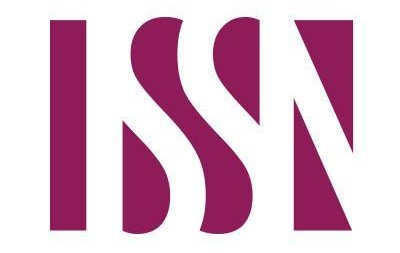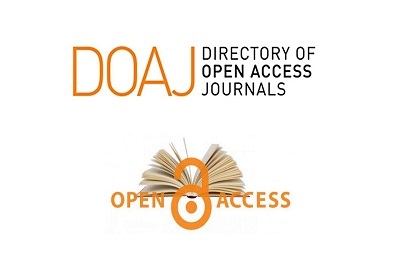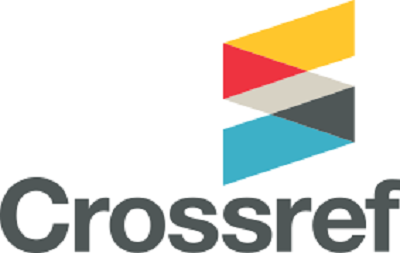Studying (VARK) Model Among Students of the Second Stage in the College of Education and Their Relationship to Some Variables
Main Article Content
Abstract
The objective of the present research to Identifying the prevailing and differences in (VARK) model among students of the second stage in the College of Education and its relationship to the variables of gender and specialization.
Was research following? Result: There is a positive varying percentage in the representative systems that they prefer according to the (VARK) model among. There are statistically significant differences between the second stage students in the College of Education in terms of the gender variable in the visual pattern in favor of males. There are statistically significant differences between students of the second stage in the College of Education in terms of the gender variable in the auditory style and in favor of females.
Through the results of the research, the researcher recommends the following: The necessity of taking into account learning patterns according to the (VARK) model when conducting the construction, review and development processes of the curricula.
Article Details

This work is licensed under a Creative Commons Attribution 4.0 International License.
References
ColleenMills & D.Fleming, Not Another inventory,Rather a Catalyst for Reflection,to improve the academyk
Educationaden.50.webs.com/teaching%20model.htm, diakses pada: Ahad, 03/02/2019, pukul: 21.21.
Honey & Mumford. A. (2000)The23 learning style helpers guide Maidenhead, Berkshire,uk.peter Honey publication limited.
Mckeachie W.(2003).Learning style can become learning strategies.
Sywelem.M&Dahawy.B(2010)An Examination of learning style preferences Egyptian University students. Suez. Canal university institute for learning styles journal,16(1).
Aldewan, L. H., Abdul-Sahib, H. M., & al-Mayahi, S. J. K. (2013). Platform impact media super overlap (Alhiebermedia) to learn the effectiveness of the long jump for the Deaf Mute. Journal of Studies and Researches of Sport Education, 36, 27–41. Retrieved from https://www.iasj.net/iasj/article/94541
Aldewan, L. H., & Jurani, A.-H. A.-M. (2014). A measure of the design collection of cognitive Shooting Air rifle. Journal of Studies and Researches of Sport Education, 39, 412–431. Retrieved from https://www.iasj.net/iasj/article/103710
Aldewan, L. H., Mohammed, R., & AbdulQadir, A. (2015). Building and the application of a measure to evaluate the curriculum volleyball according to the overall quality from the standpoint of the teaching staff standards. Journal of Studies and Researches of Sport Education, 44, 21–45.
Aldewan, L. H., & Muhammad, F. H. (2014). The effect of competition in a manner curriculum to teach comparative some ground movements Fluency and intellectual development of children Riyadh. Journal of Studies and Researches of Sport Education, 40, 74–89.
Kadhim, M. A. (2020). The effect of instant feedback on performance at the digital level on discus effectiveness. Indian Journal of Forensic Medicine & Toxicology, 14(4). doi: 10.37506/ijfmt.v14i4.11907
Kadhim, M. A. A., & Aldewan, L. H. (2021). The effectiveness of the guided discovery method in developing the motor dexterity skills of the second graders female students. Karbala Journal of Physical Education Sciences, 6(4), 237–250. Retrieved from https://www.iasj.net/iasj/article/226429
Rahim, A. M. (2021). Studying the method of leadership according to the theory of a great man and its relation to the quality of decision making for the Scout leaders in Sulaymaniyah governorate. Journal of Studies and Researches of Sport Education, 69, 390–396. Retrieved from https://www.iasj.net/iasj/article/213053





 IASJ
IASJ CC-BY-4.0
CC-BY-4.0 turnitin
turnitin ISSN
ISSN DOAJ
DOAJ Crossref
Crossref GoogleScholar
GoogleScholar Orcid
Orcid